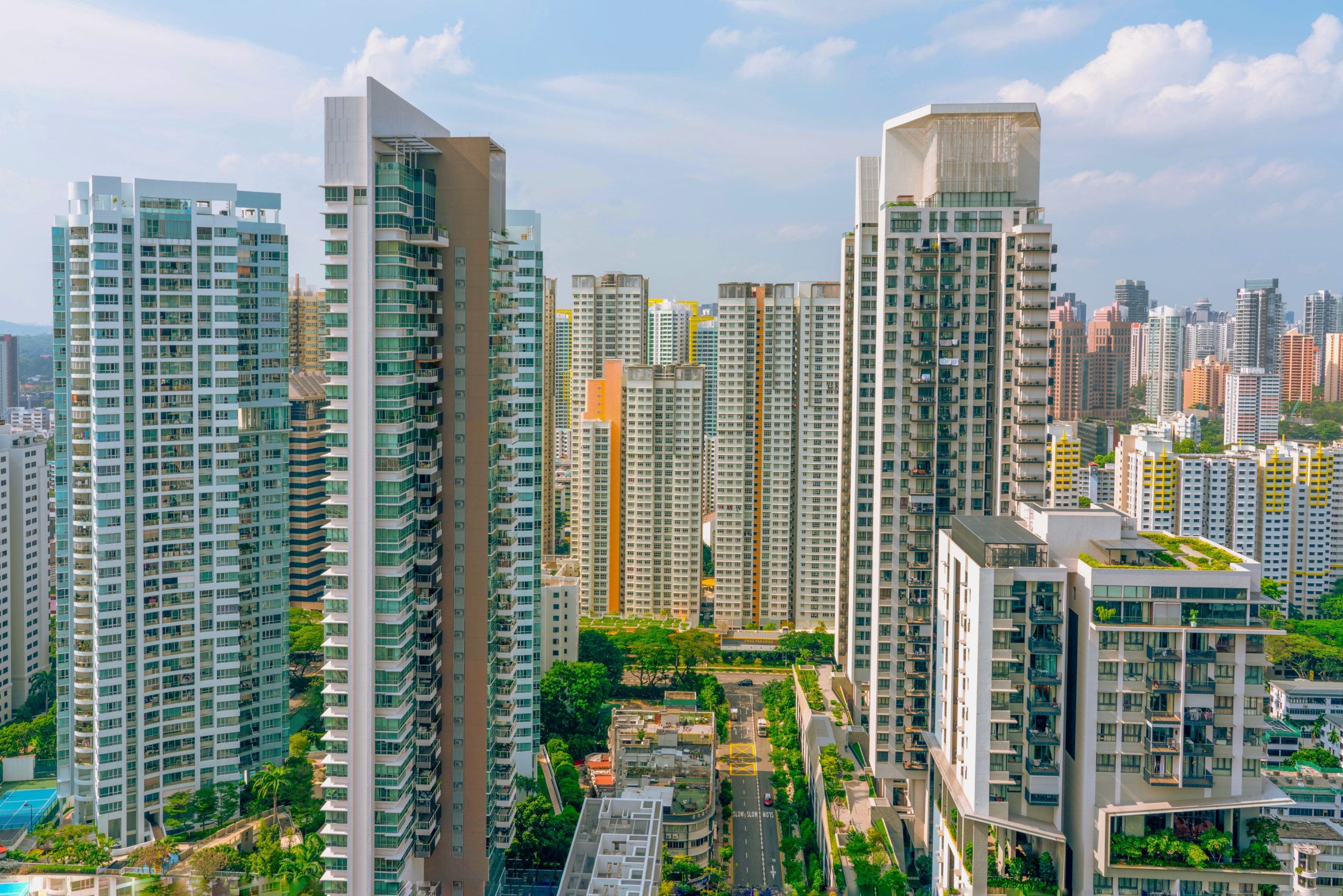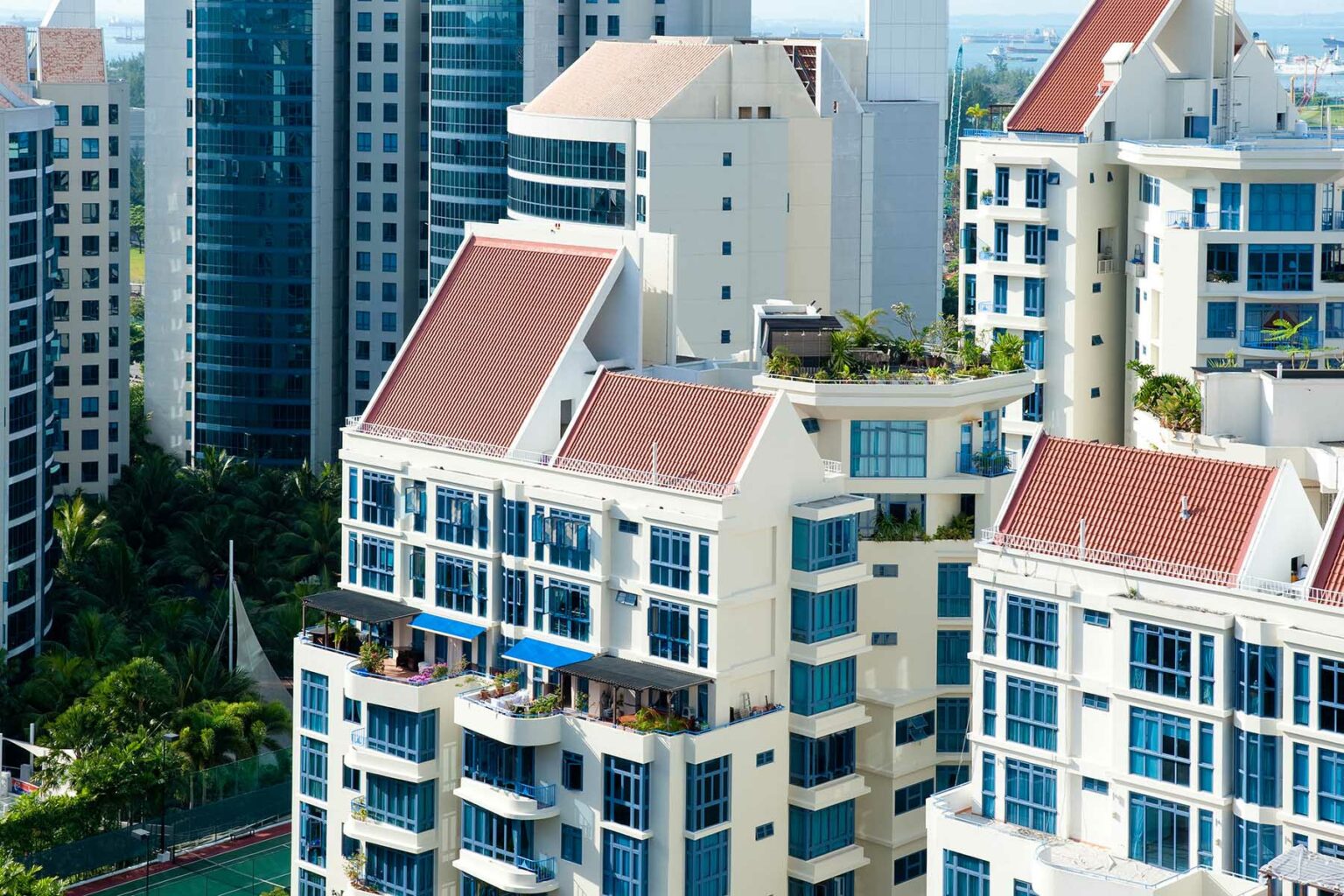As the sun sets over Singapore’s bustling skyline, the city’s real estate landscape undergoes a transformation that reflects its resilience and dynamism. In an era marked by technological advancements and shifting global economic tides, property investors and stakeholders are keenly observing the trajectory of Singapore’s real estate market.
From popular developments like the River Green condo, which exemplify modern urban living, to larger shifts in housing demand, the market presents a mosaic of trends and possibilities. With 2025 on the horizon, a confluence of factors is poised to shape this vibrant sector, from rising demand in the residential space to the enduring allure of commercial properties.
Will the trends of rising rental prices and increasing foreign investments continue, or will new regulations and market adjustments steer the industry in unexpected directions? As we delve into the complexities of the Singapore real estate market, we aim to unravel the predictions and insights that could define the years to come, illuminating both opportunities and challenges for investors and homeowners alike.
Key Economic Indicators Impacting Real Estate

In assessing the future of Singapore’s real estate market, several key economic indicators loom large, each holding the potential to sway property values and investment trends. The country’s GDP growth is a primary driver, reflecting underlying economic health and directly influencing demand for residential and commercial spaces. Coupled with this, interest rates play a critical role, as fluctuations can either encourage or deter borrowing, affecting buyer sentiment and purchasing power.
Additionally, factors such as inflation rates and employment levels are equally crucial; a robust job market can lead to increased consumer confidence, ultimately translating to heightened demand for housing. Furthermore, government policies, including property curbs and incentives, substantially shape the landscape, e—creating a dynamic interplay that makes Singapore’s real estate sector both promising and unpredictable in the years to come.
As we move towards 2025, monitoring these indicators will be vital for stakeholders aiming to navigate this multifaceted market.
Demand-Supply Dynamics

In the ever-evolving Singapore real estate market, the interplay between demand and supply is poised to shape the landscape significantly as we approach 2025 and beyond. On one hand, a burgeoning population coupled with a robust economic outlook is driving up the demand for various types of properties, from luxurious condominiums to affordable housing options.
On the other hand, government measures aimed at curbing excessive speculation and ensuring sustainable development may constrain new supply. Notably, the impact of delays in construction due to labor shortages and regulatory adjustments often leads to a lag in meeting market needs.
As interest rates fluctuate and more buyers weigh their options carefully, the dynamics will undoubtedly shift, creating a complex tapestry of opportunities and challenges for investors and homeowners alike. With such transformative forces at play, stakeholders must remain alert to the trends and anticipate market responses to navigate the intricacies of Singapore’s real estate future effectively.
Conclusion

In conclusion, the Singapore real estate market is poised for a dynamic evolution as we approach 2025 and beyond. Factors such as urbanization, government policies, and shifting buyer preferences will play crucial roles in shaping the landscape. Developments like the River Green condo exemplify the innovative projects that are capturing the interest of both local and foreign investors, highlighting the demand for quality living spaces in vibrant neighborhoods.
As the market adapts to changing economic conditions and consumer trends, stakeholders should stay informed and agile to capitalize on the opportunities that lie ahead. Overall, while challenges may arise, the fundamentals of Singapore’s real estate sector remain strong, promising a resilient and thriving market for years to come.


